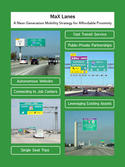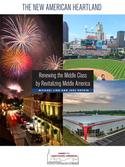President Trump promised a $1 trillion infrastructure plan during his campaign. Spending more money on infrastructure is something that has broad support among people of all political persuasions.
But as the case of Louisville’s $2.4 billion bridge debacle shows, not all infrastructure spending is good spending. read more »





















